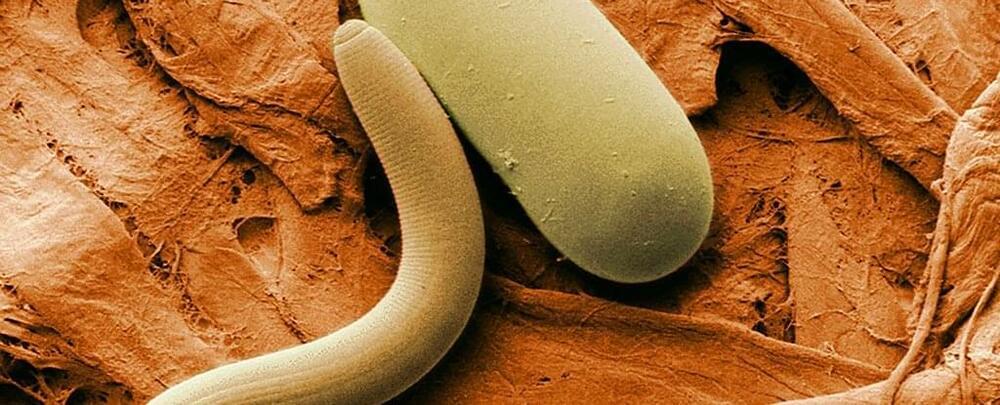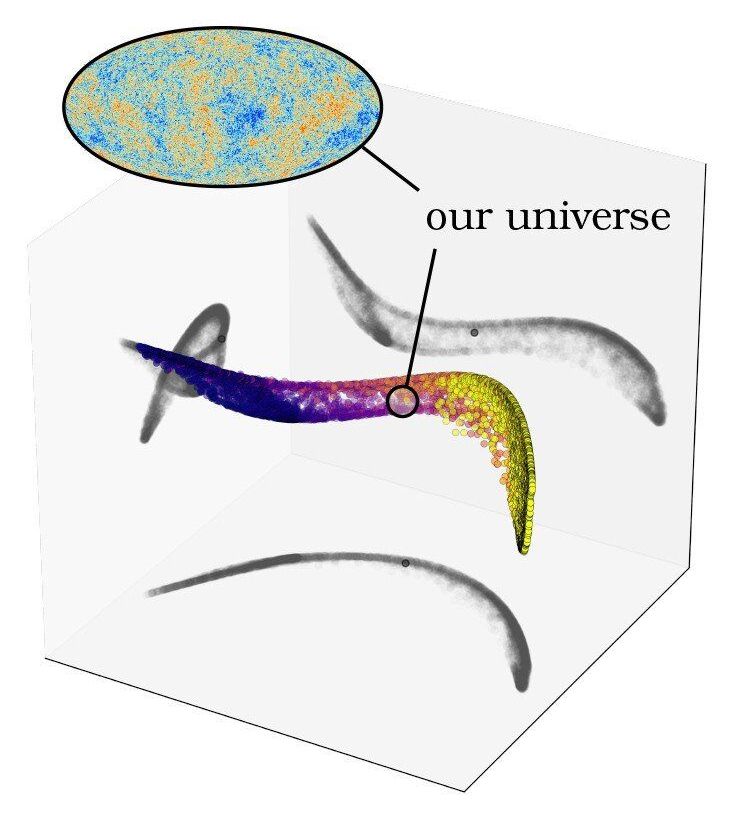Essentially if you can enginneer a planet to a galaxy you could eventually get to a universe level of enginneering which may be needed if the universe keeps expanding. You could control the great forces of the universe to keep it stable so that it will not die out or collapse into a singularity. They say many things that gravity in the begginning kept the universe stable with dark matter that keeps things expanding other claims say that basically the universe could colapse into a single point that our universe may be a jet of another universe. Others say we live in essentially a bubble surrounded by other universes. I think though if we can reverse engineer a universe we can control our own. This would prevent our own universe from dying out or even the sun from dying out. There have been minor experiments of small universes made in the lab this could explain our own universe. But essentially we could have a perfect universe where nothing dies out or collapses into a single point in theory. Essentially an artificial universe where all the forces are controlled.








